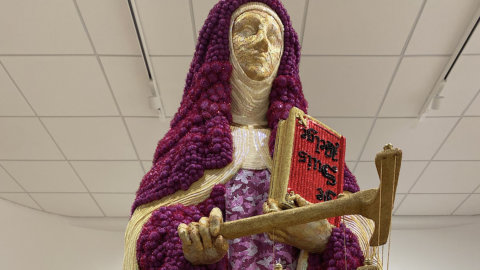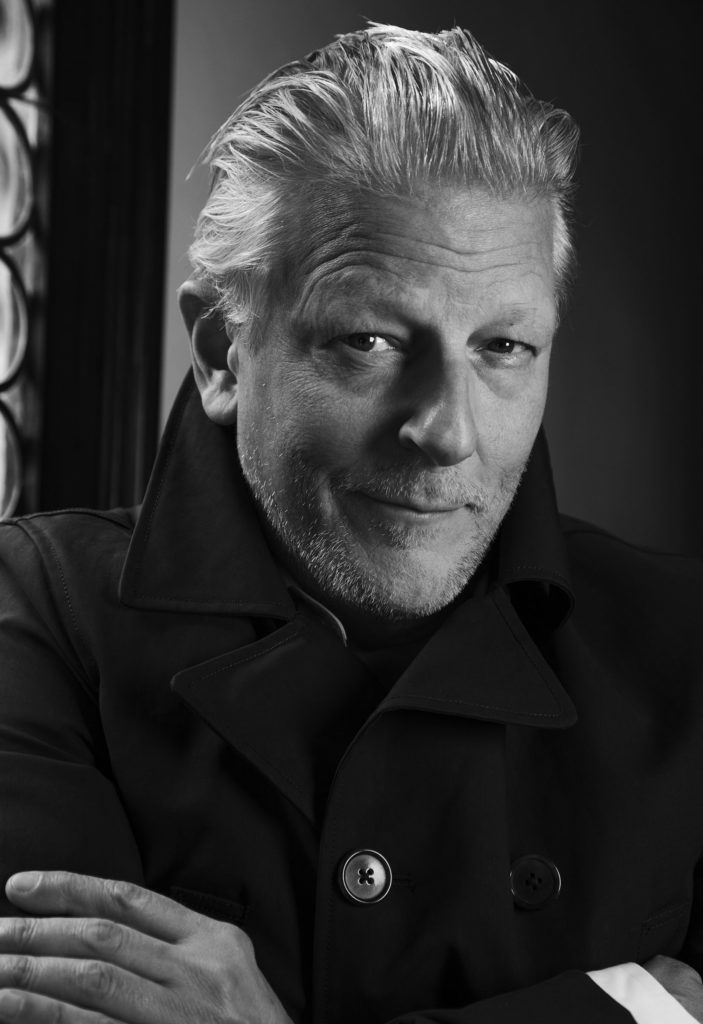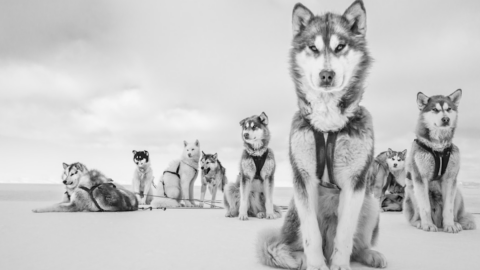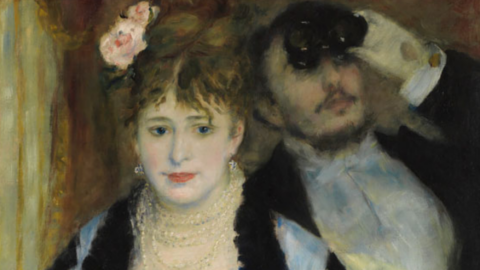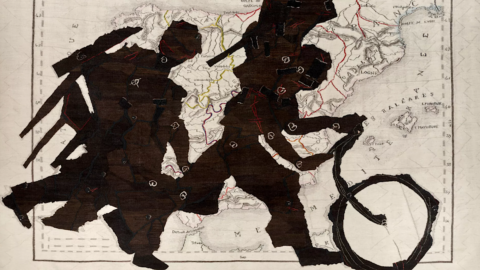The exhibition The Wisdom of Belgium – from 2 December 2022 to 12 February 2023 at the Gaburro Gallery in Milan – edited by Giacinto Di Pietrantonio, presents about thirty small-format drawings from the series Belgian Sexual Folklore e Mer du Nord Sexuelle Belge and a dozen sculptures, exhibited for the first time in Italy.
In this shows Jan Fabre he wonders about the Belgian identity, about sexuality and sensuality, passed through the visual scrutiny of surrealism, a characteristic that distinguishes his work, as well as all of Belgian art.
The artist proposes a corpus of works aimed at seeking the Belgian national identity which is not unique, but full of differences, starting from the presence of three communities: Flemish, Walloon and the German-speaking one. On each drawing the inscription EDITED AND OFFERED BY JAN FABRE LE BON ARTISTE BELGE (Published and offered by Jan Fabre, the fine Belgian artist) which refers to the advertising phrase of the chocolate "Côte D'OR, Le Bon Chocolat Belge" shown on the postcards with images of Belgian folklore attached in the sixties to the well-known chocolate, a strong food symbol of Belgium's identity.
Self-defined "Warrior of Beauty", Jan Fabre with his works he acts in art and in defense of art, putting himself in dialogue with scientific knowledge, popular wisdom and the relationship between man and nature, making everything converge towards the central poetic of metamorphosis.
The wisdom of Belgium: sculptures as extravagant as carnival, folk and theatrical traditions
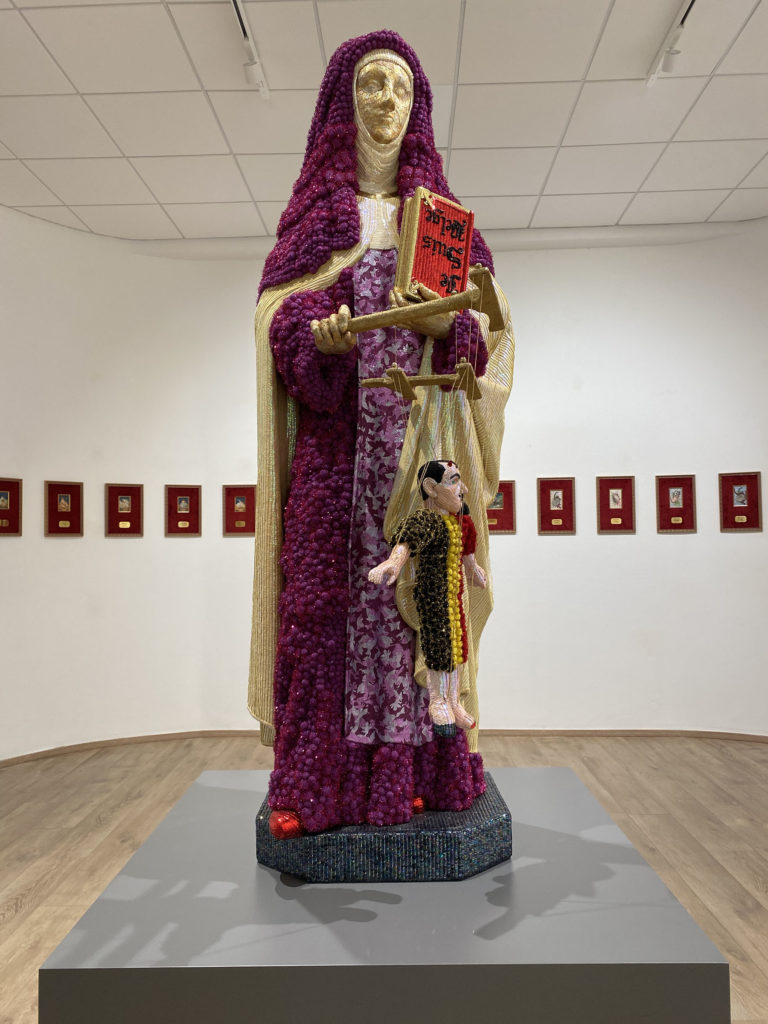
"Jan Fabre” – recalls Giacinto Di Pietrantonio – “in his attempt to linguistically overthrow the world and its rules, he revises those of sexuality which in this specific case lead Fabre to interact with some reference artists, up to the most “surrealist” of all time : Hieronymus Bosch. Indeed, the iconography and iconology of Fabre's drawings and sculptures on display seem to come from the paintings of the heretical Flemish Renaissance artist, where marine elements such as shells, men, animals and plants undergo surreal and symbolic human-animal metamorphoses in a orgy of colours, shapes and sexuality that Fabre wisely reinterprets also in the light of the transformations of popular cultures”.
Who is Jan Fabre? Biography and works of the artist
Artist of consilience, operating since the end of the seventies as a visual artist, Jan Fabre it is placed in the wake of tradition, especially Flemish and Italian Renaissance, a time in which artists worked on and with multiple disciplines as promoters of revolutionary humanistic thought.
Born in Antwerp, (Belgium), in 1958, where he lives and works, Jan Fabre he gained international notoriety as one of the most innovative artists of his generation for his ability to master not only different disciplines and themes, but also for a continuous experimental attitude towards problems and materials.
Jan Fabre he has participated in important international events such as the Venice Biennale (1984, 1990, 1997, 2007, 2009, 2011, 2017), Documenta Kassel (1987, 1992, 2017). Recent solo exhibitions include those hosted by important institutions such as: Louvre, Paris, (2008), Kunsthaus, Bregenz (2008), Kunsthistorisches Museum, Vienna, (2011) Musée d'Art Moderne, Saint Etienne, (2011), MAXXI , Rome (2014), Hermitage Museum, St. Petersburg (2016), Forte di Belvedere, Palazzo Vecchio, Piazza della Signoria, Florence (2016), Pinchuk Art Center, Kiev (2017), Musée d'Art Contemporain, Lyon (2017 ), Fondation Maeght, Saint-Paul-de-Vence (2018), Museo di Capodimonte, Naples (2019). Several works by Jan Fabre have been commissioned for public spaces in Belgium and abroad. In Brussels it can be admired on the steps of the Royal Museums of Fine Arts The Gaze Within (The Blue Hour) (2011-2013) and Heaven of Delight (2002) at the Royal Palace. In Antwerp, the artist's hometown, the work The Man who Bears the Cross (2015) is housed within the Cathedral of Our Lady. Fabre has created a triptych in the wake of Rubens, Jordaens and Van Dyck for the church of Sant'Agostino/AMUZ also in Antwerp. As heaven of delight, this triptych is made with the elytra of the jewel beetle. Latest among his site-specific installations are four red coral sculptures in the Pio Monte della Misericordia chapel in Naples (2019) which ideally dialogue with Caravaggio's masterpiece (The Seven Works of Mercy).

